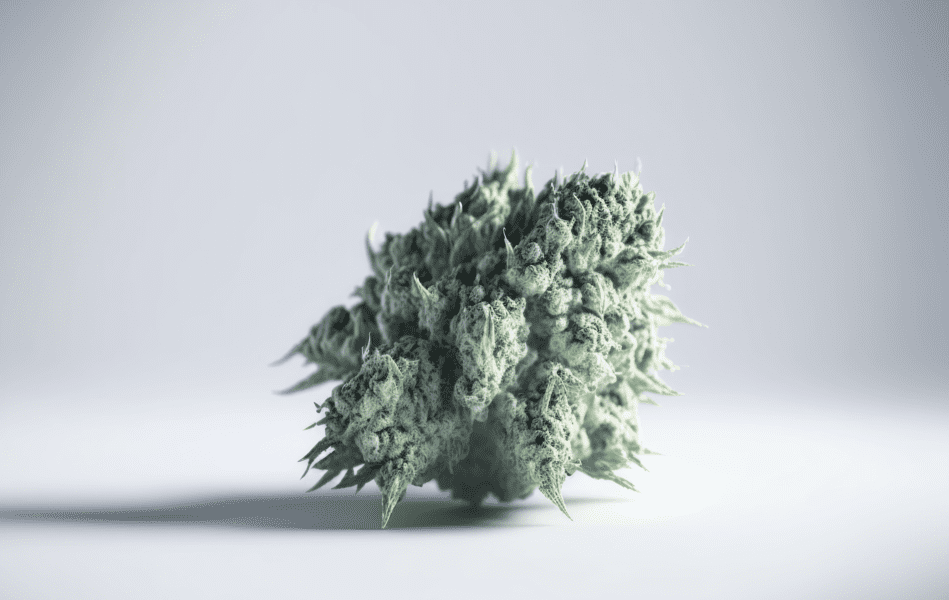Introduction
For many years, cannabis research focused mainly on delta-9-tetrahydrocannabinol (THC) and cannabidiol (CBD). However, recent research has shown that there are many other compounds in the cannabis plant that can have a significant impact on our health. These lesser-known compounds, known as minor cannabinoids, are now becoming a hot topic in the cannabis research community.
Therapeutic Potential of Minor Cannabinoids
According to a recent article from MJBiz, minor cannabinoids are gaining attention for their potential medical benefits. The article notes that while THC and CBD have been the focus of cannabis research in recent years, minor cannabinoids such as cannabigerol (CBG), cannabinol (CBN), and cannabichromene (CBC) have therapeutic potential for a variety of medical conditions, including pain, inflammation, anxiety, depression, and seizures.
Personalized Medicine
One of the most exciting aspects of exploring the potential of minor cannabinoids is the possibility of creating more targeted and personalized treatments. As the article notes, by studying the unique properties and effects of different minor cannabinoids, researchers may be able to identify compounds that are particularly well-suited for treating certain symptoms or diseases. This could lead to more effective and personalized medicine that is tailored to individual patient’s needs, rather than a one-size-fits-all approach.
Cannabis Strain Classifications
It’s important to note that the effects of cannabis are not solely determined by whether it’s a Sativa, Indica, or hybrid strain. As reported by Leafly, these classifications are primarily based on the physical characteristics of the plant, rather than its chemical composition. The effects of cannabis can vary greatly depending on a number of factors, including the specific cannabinoids present in the plant, the method of consumption, the individual’s tolerance and sensitivity to cannabis, and other environmental factors.
Practical Applications
Nonetheless, the article points out that the potential of minor cannabinoids is not just theoretical, but that it is already being put into practice in the cannabis industry. Some companies are already starting to focus on producing and marketing products that contain specific minor cannabinoids, such as CBG or CBN, rather than just THC or CBD.
Further Research
However, as with any new area of research, there are still many unknowns when it comes to minor cannabinoids. The article notes that more research is needed to fully understand the potential benefits and risks of using minor cannabinoids, as well as how they interact with other cannabinoids and medications. Nonetheless, the article points out that the legalization of cannabis in more states is likely to drive further research into minor cannabinoids and their medical applications.
Conclusion
As more research is conducted, we are likely to see more companies focusing on the development of products that contain specific minor cannabinoids, and more personalized medicine that is tailored to individual patients’ needs. While there is still much to learn about the potential benefits and risks of minor cannabinoids, it is clear that these lesser-known compounds are small but mighty players in the world of cannabis research.
And remember, the effects of cannabis are not solely determined by whether it’s a Sativa, Indica, or hybrid strain, but depend on a variety of factors.














